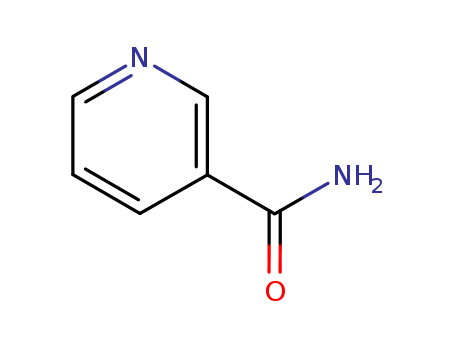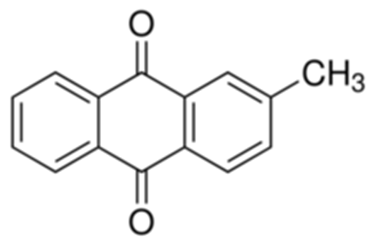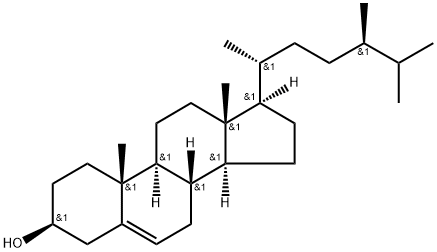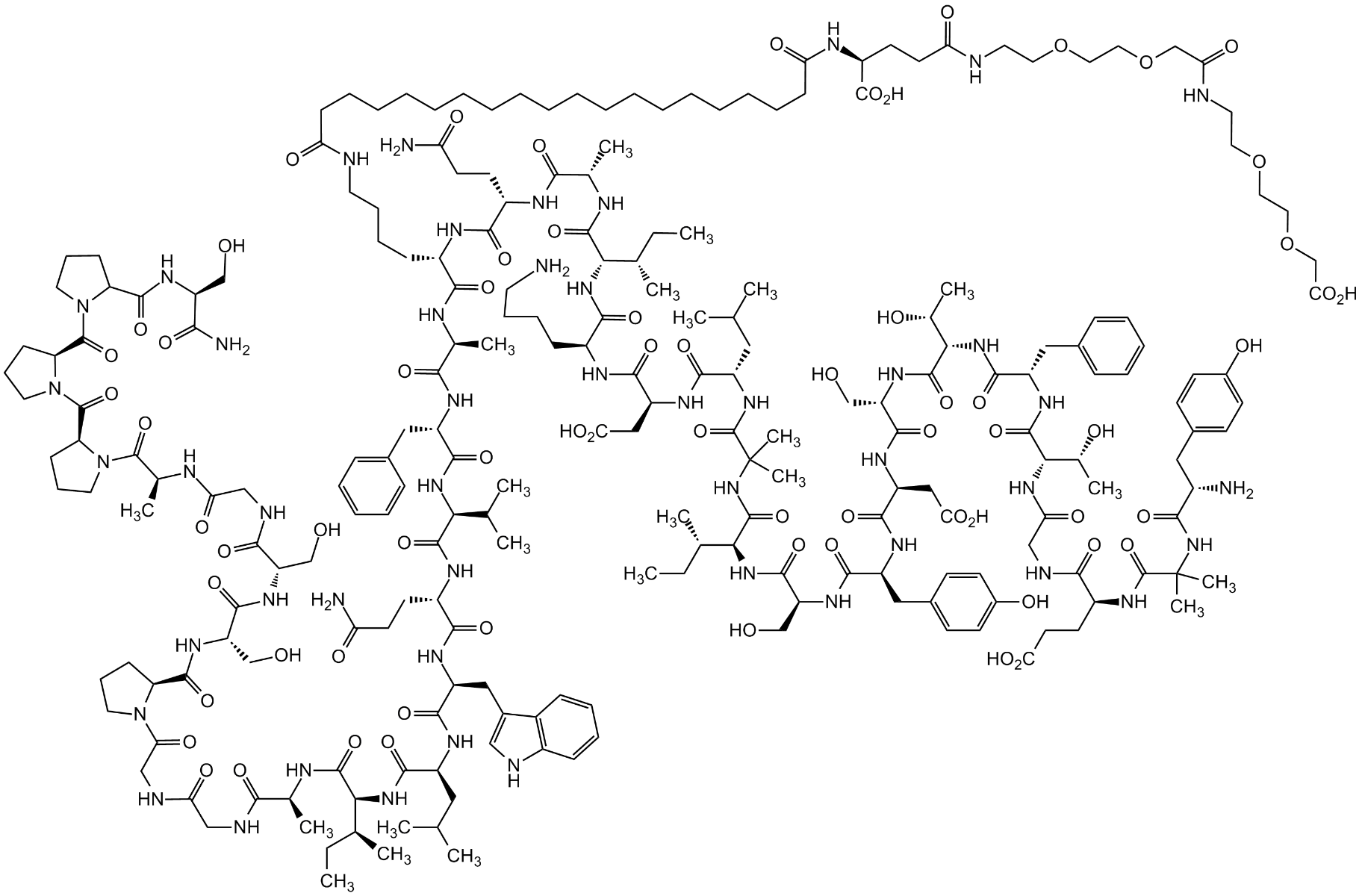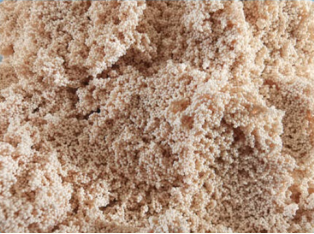Nicotinamide literature
Nitrogen Atom Transfer Catalysis by Metallonitrene C?H Insertion: Photocatalytic Amidation of Aldehydes
Schmidt-R?ntsch, Till,Verplancke, Hendrik,Lienert, Jonas N.,Demeshko, Serhiy,Otte, Matthias,Van Trieste, Gerard P.,Reid, Kaleb A.,Reibenspies, Joseph H.,Powers, David C.,Holthausen, Max C.,Schneider, Sven
, (2022/01/20)
C?H amination and amidation by catalytic nitrene transfer are well-established and typically proceed via electrophilic attack of nitrenoid intermediates. In contrast, the insertion of (formal) terminal nitride ligands into C?H bonds is much less developed and catalytic nitrogen atom transfer remains unknown. We here report the synthesis of a formal terminal nitride complex of palladium. Photocrystallographic, magnetic, and computational characterization support the assignment as an authentic metallonitrene (Pd?N) with a diradical nitrogen ligand that is singly bonded to PdII. Despite the subvalent nitrene character, selective C?H insertion with aldehydes follows nucleophilic selectivity. Transamidation of the benzamide product is enabled by reaction with N3SiMe3. Based on these results, a photocatalytic protocol for aldehyde C?H trimethylsilylamidation was developed that exhibits inverted, nucleophilic selectivity as compared to typical nitrene transfer catalysis. This first example of catalytic C?H nitrogen atom transfer offers facile access to primary amides after deprotection.
Activated Mont K10-Carbon supported Fe2O3: A versatile catalyst for hydration of nitriles to amides and reduction of nitro compounds to amines in aqueous media
Rahman, Taskia,Borah, Geetika,Gogoi, Pradip K
, (2021/03/14)
The iron oxide was successfully supported on activated clay/carbon through an experimentally viable protocol for both hydrations of nitrile to amide and reduction of nitro compounds to amines. The as-prepared catalyst has been extensively characterised by XPS, SEM-EDX, TEM, TGA, BET surface area measurements and powdered X-ray diffraction (PXRD). A wide variety of substrates could be converted to the desired products with good to excellent yields by using water as a green solvent for both the reactions. The catalyst was recyclable and reusable up to six consecutive cycles without compromising its catalytic proficiency. Graphical abstract: Activated Mont K10 carbon-supported Fe2O3 is a very efficient and versatile heterogeneous catalytic system for hydration of nitriles to amides and reduction of nitro compounds to amines and can be reused up to six consecutive cycles without significant loss in catalytic activity.[Figure not available: see fulltext.].
Mechanochemical Synthesis of Primary Amides
Gómez-Carpintero, Jorge,Sánchez, J. Domingo,González, J. Francisco,Menéndez, J. Carlos
, p. 14232 - 14237 (2021/10/20)
Ball milling of aromatic, heteroaromatic, vinylic, and aliphatic esters with ethanol and calcium nitride afforded the corresponding primary amides in a transformation that was compatible with a variety of functional groups and maintained the integrity of a stereocenter α to carbonyl. This methodology was applied to α-amino esters and N-BOC dipeptide esters and also to the synthesis of rufinamide, an antiepileptic drug.
Product selectivity controlled by manganese oxide crystals in catalytic ammoxidation
Hui, Yu,Luo, Qingsong,Qin, Yucai,Song, Lijuan,Wang, Hai,Wang, Liang,Xiao, Feng-Shou
, p. 2164 - 2172 (2021/09/20)
The performances of heterogeneous catalysts can be effectively tuned by changing the catalyst structures. Here we report a controllable nitrile synthesis from alcohol ammoxidation, where the nitrile hydration side reaction could be efficiently prevented by changing the manganese oxide catalysts. α-Mn2O3 based catalysts are highly selective for nitrile synthesis, but MnO2-based catalysts including α, β, γ, and δ phases favour the amide production from tandem ammoxidation and hydration steps. Multiple structural, kinetic, and spectroscopic investigations reveal that water decomposition is hindered on α-Mn2O3, thus to switch off the nitrile hydration. In addition, the selectivity-control feature of manganese oxide catalysts is mainly related to their crystalline nature rather than oxide morphology, although the morphological issue is usually regarded as a crucial factor in many reactions.

